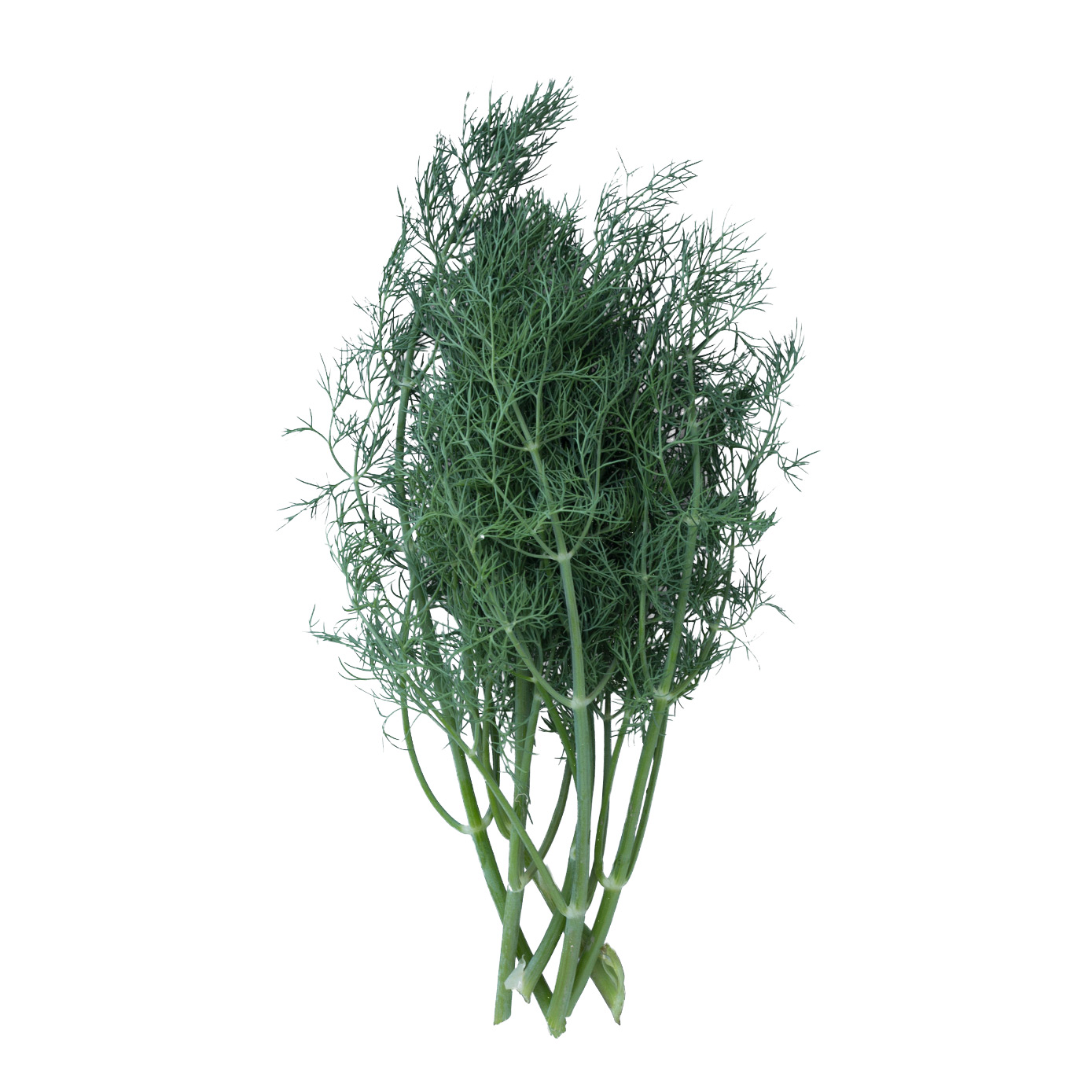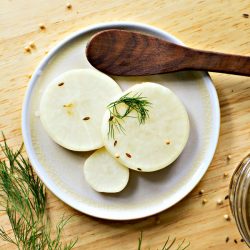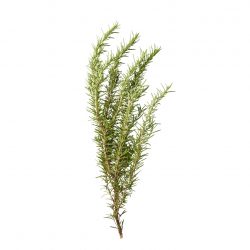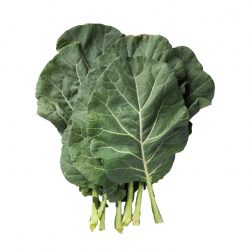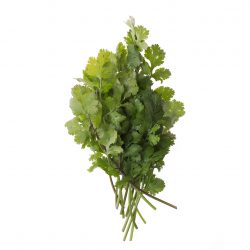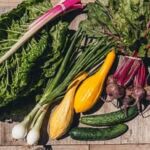Dill
Anethum graveolens
Dill is a derivative of the old Norse word “dilla” which means to lull: it was commonly used in folk medicine to calm babies and alleviate colic.
Seasonality
| J | F | M | A | M | J | J | A | S | O | N | D |
| • | • | • | • | • | • | • | • |
Description
Dill is an herbaceous plant in the Apiaceae family with hollow stems and delicate, threadlike leaves. It is green in color and has a distinctive taste with notes of celery, fennel, caraway, and anise. The young leaves, flowers, and seeds are all edible and can be used in various culinary applications.
Storage tips
Roll dill leaves in a damp paper towel and place them in a plastic bag. Store the bag in the crisper drawer of your fridge up to a week.
Culinary tips
- Fresh dill tends to lose its flavor when cooked/exposed to heat: if cooking, use dried dill instead.
- Dill leaves and seeds make a tasty addition to pickle recipes.
- Dill pairs well with summer squashes, asparagus, spinach, fish, and eggs.
- Try making tzatziki, a Greek yogurt sauce made with strained yogurt, chopped cucumbers, garlic, and chopped fresh dill.


